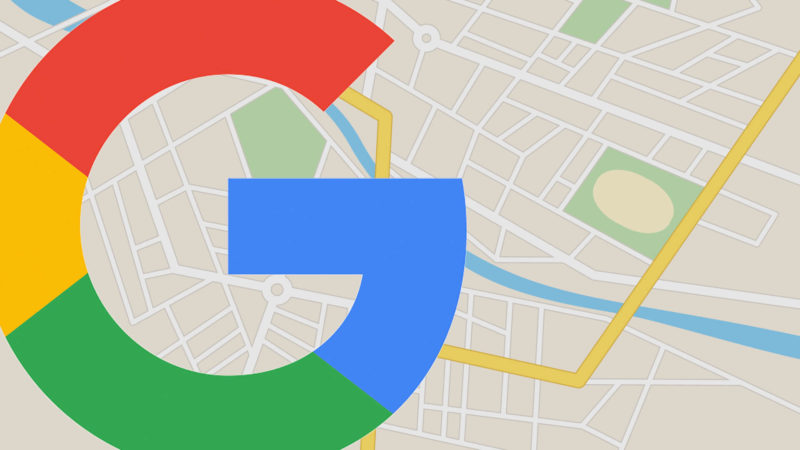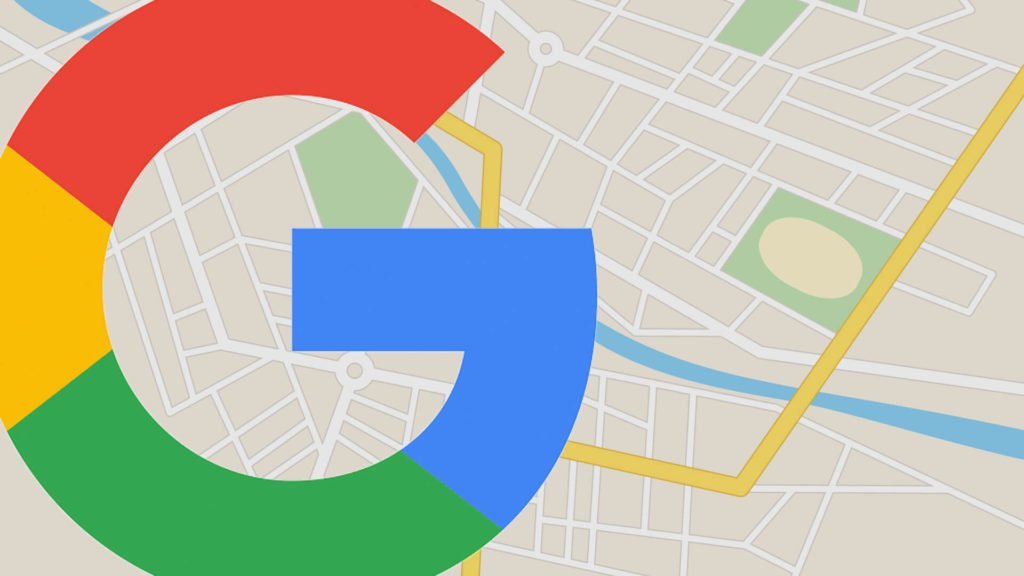
Deciphering the Google algorithm can sometimes feel like an exercise in futility. The search engine giant has made many changes over the years, keeping digital marketers on their toes and continually moving the goalposts on SEO best practices.
Google’s continuous updating can hit local businesses as hard as anyone. Every tweak and modification to its algorithm could adversely impact their search ranking or even prevent them from appearing on the first page of search results for targeted queries. What makes things really tricky is the fact that Google sometimes does not telegraph the changes it makes or how they’ll impact organizations. It’s up to savvy observers to deduce what has been altered and what it means for SEO and digital marketing strategies.
What’s been the evolution of local search, and how did we get here? Let’s take a look at the history of Google’s local algorithm and its effect on brick-and-mortar locations.
2005: Google Maps and Local Business Center become one
After releasing Local Business Center in March 2005, Google took the next logical step and merged it with Maps, creating a one-stop shop for local business info. For users, this move condensed relevant search results into a single location, including driving directions, store hours and contact information.
This was a significant moment in SEO evolution, increasing the importance of up-to-date location information across store sites, business listings and online directories.
2007: Universal Search & blended results
Universal Search signified another landmark moment in local search history, blending traditional search results with various listings from other search engines. Instead of working solely through the more general, horizontal SERPs, Universal Search combined results from Google’s vertical-focused search queries like Images, News and Video.
Google’s OneBox started to show within organic search results, bringing a whole new level of exposure that was not there before. The ramifications on local traffic were profound, as store listings were better positioned to catch the eye of Google users.
2010: Local Business Center becomes Google Places
In 2010, Google rebranded/repurposed Local Business Center and launched Google Places. This was more than a mere name change, as a number of important updates were included, like adding new image features, local advertising options and the availability of geo-specific tags for certain markets. But more importantly, Google attempted to align Places pages with localized search results, where previously information with localized results was coming from Google Maps.
The emergence of Places further cemented Google’s commitment to bringing local search to the forefront. To keep up with these rapidly changing developments, brick-and-mortar businesses needed to make local search a priority in their SEO strategies.
All the algorithm updates plus insightful analysis delivered directly to your inbox. Subscribe today!
2012: Google goes local with Venice
Prior to Venice, Google’s organic search results defaulted to more general nationwide sites. Only Google Maps would showcase local options. With the Venice update, Google’s algorithm could take into account a user’s stated location and return organic results reflecting that city or state. This was big, because it allowed users to search anchor terms without using local modifiers.
The opportunity for companies operating in multiple territories was incredible. By setting up local page listings, businesses could effectively rank higher on more top-level queries just by virtue of being in the same geographic area as the user. A better ranking with less effort — it was almost too good to be true.
2013: Hummingbird spreads its wings
Hummingbird brought about significant changes to Google’s semantic search capabilities. Most notably, it helped the search engine better understand long-tail queries, allowing it to more closely tie results to specific user questions — a big development in the eyes of main search practitioners.
Hummingbird forced businesses to change their SEO strategies to adapt and survive. Simple one- or two-word phrases would no longer be the lone focal point of a healthy SEO plan, and successful businesses would soon learn to target long-tail keywords and queries — or else see their digital marketing efforts drop like a stone.
2014: Pigeon takes flight
Two years after Venice brought local search to center stage, the Pigeon update further defined how businesses ranked on Google localized SERPs. The goal of Pigeon was to refine local search results by aligning them more directly with Google’s traditional SEO ranking signals, resulting in more accurate returns on user queries.
Pigeon tied local search results more closely with deep-rooted ranking signals like content quality and site architecture. Business listings and store pages needed to account for these criteria to continue ranking well on local searches.
2015: RankBrain adds a robotic touch
In another major breakthrough for Google’s semantic capabilities, the RankBrain update injected artificial intelligence into the search engine. Using RankBrain’s machine learning software, Google’s search engine was able to essentially teach itself how to more effectively process queries and results and more accurately rank web pages.
RankBrain’s ability to more intelligently process page information and discern meaning from complex sentences and phrases further drove the need for quality content. No more gaming the system. If you wanted your business appearing on the first SERP, your site had better have the relevant content to back it up.
2015: Google cuts back on snack packs
A relatively small but important update, in 2015, Google scaled back its “snack pack” of local search results from seven listings to a mere three. While this change didn’t affect the mechanics of SEO much, it limited visibility on page one of search results and further increased the importance of ranking high in local results.
2016: Possum shakes things up
The Possum update was an attempt to level the playing field when it came to businesses in adjoining communities. During the pre-Possum years, local search results were often limited to businesses in a specific geographical area. This meant that a store in a nearby area just outside the city limits of Chicago, for instance, would have difficulty ranking and appearing for queries that explicitly included the word “Chicago.”
Instead of relying solely on search terms, Possum leveraged the user’s location to more accurately determine what businesses were both relevant to their query and nearby.
This shift to user location is understandable given the increasing importance of mobile devices. Letting a particular search phrase dictate which listings are returned doesn’t make much sense when the user’s mobile device provides their precise location.
2017 and beyond
Predicting when the next major change in local search will occur and how it will impact ranking and SEO practices can be pretty difficult, not least because Google rarely announces or fully explains its updates anymore.
That being said, here are some evergreen local SEO tips that never go out of fashion (at least not yet):
- Manage your local listings for NAP (name, address, phone number) accuracy and reviews.
- Be sure to adhere to organic search best practices and cultivate localized content and acquire local links for each store location.
- Mark up your locations with structured data, particularly Location and Hours, and go beyond if you are able to.
When in doubt, look at what your successful competitors are doing, and follow their lead. If it works, it works — that is, until Google makes another ground-shaking algorithm change.
Some opinions expressed in this article may be those of a guest author and not necessarily Search Engine Land. Staff authors are listed here.

